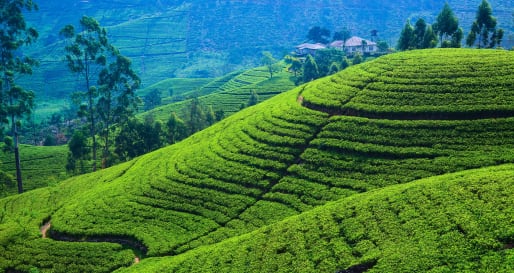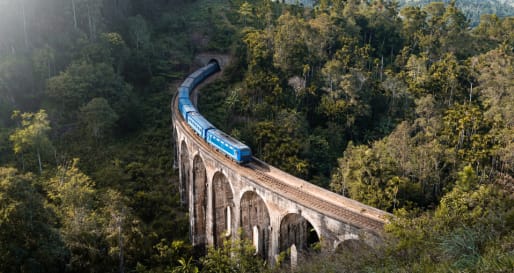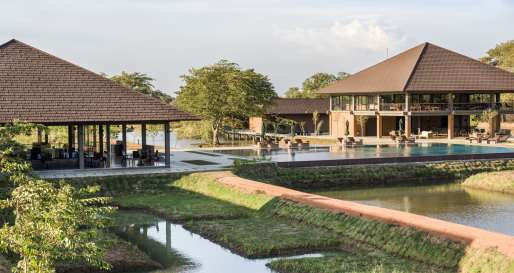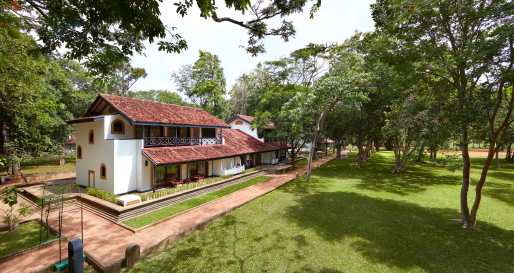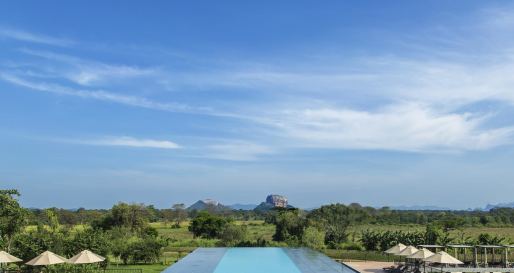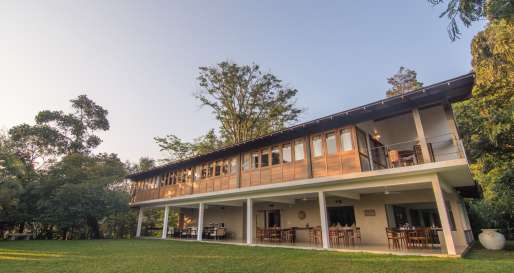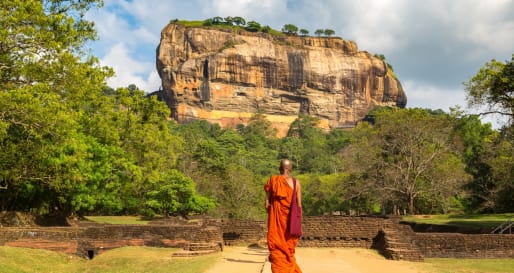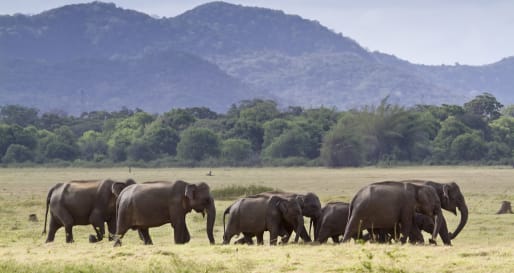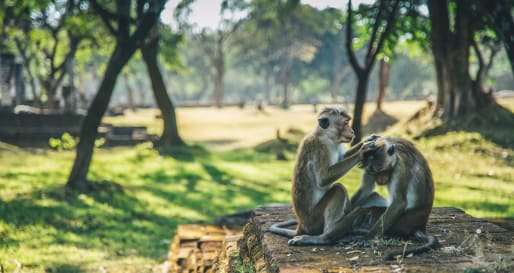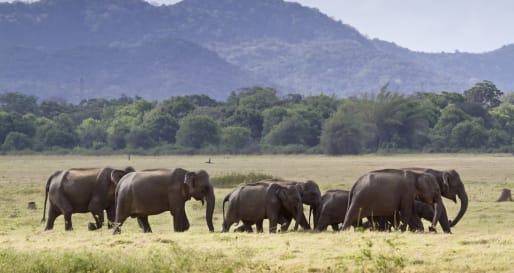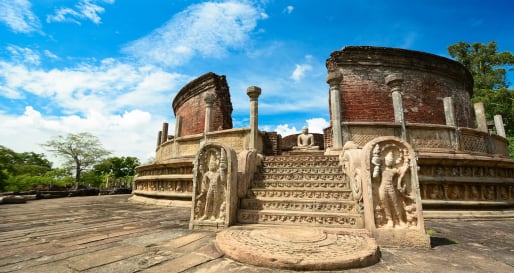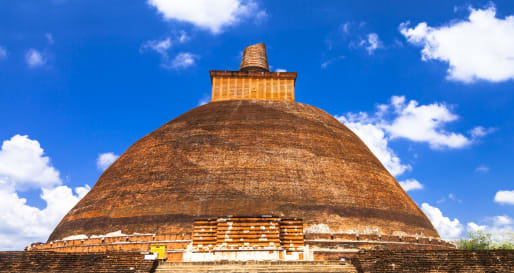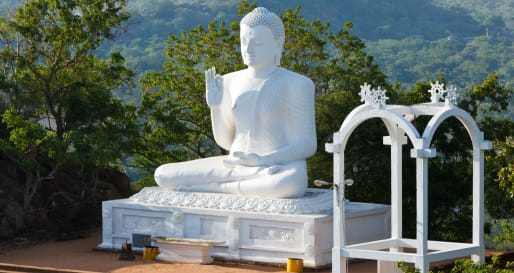Sigiriya Rock
The Sigiriya rock rises majestically from the jungle floor. It is famous for its ‘mirror wall’, so called because of its highly polished surface. Half-way up there are galleries with frescoes in brilliant tempera. Sigirya dates from the 5th century AD.

Area
Ancient Cities
Type
History
Wildlife & Nature
Grade
Standard
Who
Adults
Older Kids
Difficulty
Challenging
Duration
1-2 Hours
Sigiriya is also renowned for its ancient paintings, which are reminiscent of the Ajanta Caves of India. It is one of the seven World Heritage Sites of Sri Lanka. Sigiriya may have been inhabited through prehistoric times. It was used as a rock-shelter mountain monastery, with caves prepared and donated by devotees to the Buddhist Sangha.
According to the Mahavamsa chronicle, the entire complex was built by King Kashyapa (AD 477 – 495), and after the king's death, it was used as a Buddhist monastery until the 14th century.
Please be aware that there are a lot of steps, and some of these can be steep and uneven. The stairs to the fresco gallery and the last part of the climb to the top are metal staircases attached to the side of the rock and so may not be suitable for anyone with a fear of heights (it is possible not to go to the gallery, and stop before the metal staircase to the top).
We recommend loose, comfortable clothing and shoes, and ensure you have water with you. If you choose not to climb to the top the rock, the gardens at the bottom are still very interesting. You can also speak to your driver about going to the museum, however there will be an extra charge for this.
Tours Featuring This Experience
Be inspired by the itineraries below which include this experience and let our travel specialists craft a bespoke luxury holiday for you.
Recommended Hotels Nearby
A selection of luxury hotel options in the area, handpicked and recommended by our travel specialists.
More Experiences in This Area
Discover more things to do in the area and chat to our specialists about crafting these experiences into your tailor-made holiday.
Call us on 212 372 7009 to start planning your vacation
Why Scott Dunn for Luxury Experiences?
Unique to You
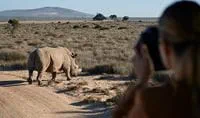
- We listen to your travel goals and craft unique trips that are personalized to you.
- We’re with you every step of your life’s travel journey, from honeymoons to family trips and beyond.
Seamless Service
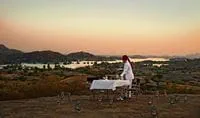
- Global offices in the UK, US, and Singapore for 24/7 seamless service.
- We offer flexibility if your plans change so you can book with confidence and peace of mind.
Carefully Curated Collection
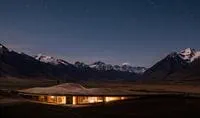
- We’ve curated an elevated collection of accommodation, experiences, and guides.
- Committed to fostering close global relationships to continue bringing you unique experiences.
Luxury in Every Sense

- We deliver a sense of luxury that matters most to you.
- Awarded Condé Nast Traveler’s Top Travel Specialists in the World 12 years in a row.
